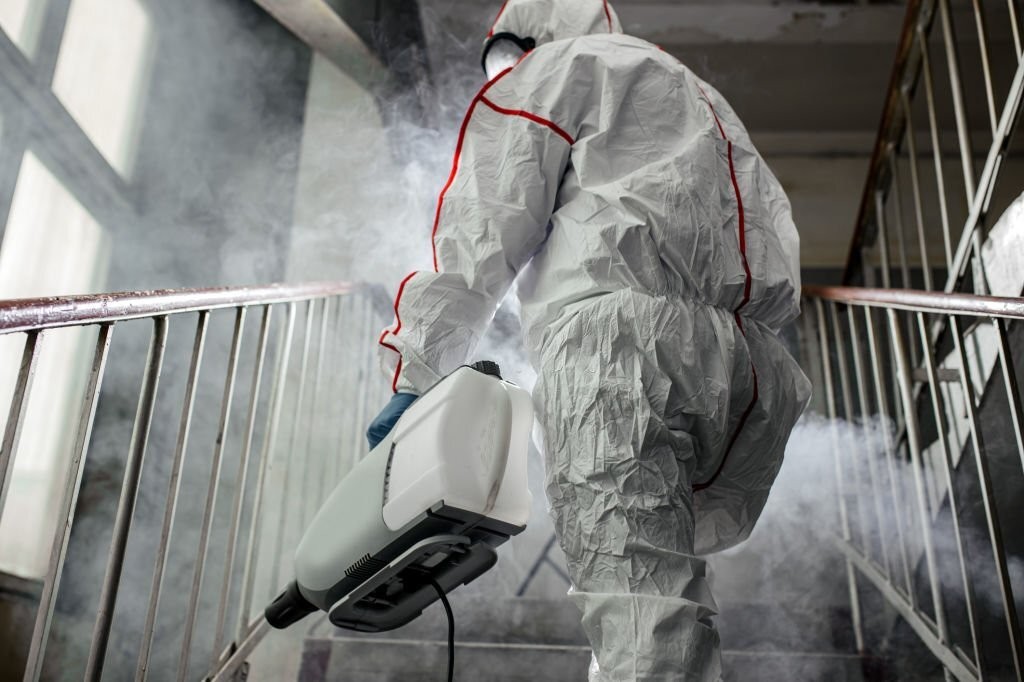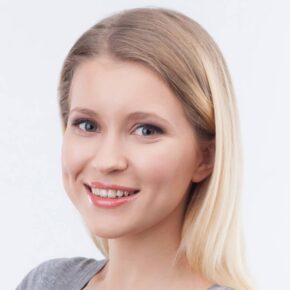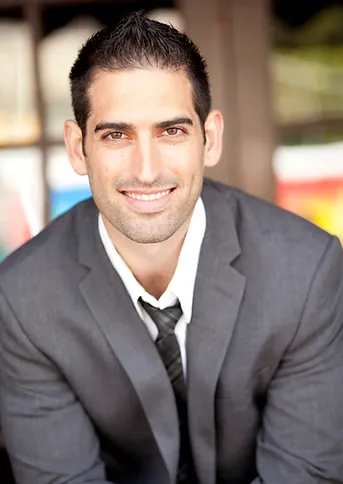
about us
MOLD INSPECTION
PROFESSIONAL MOLD TESTING
Joshua Leviton received a Masters of Forensic Science from Cranfield University in addition to a Bachelor of science in Molecular Biology/Chemistry from California State University of Northridge and a Bachelor of Science in Criminal Justice from California State University of Long Beach.
Additionally he is a Certified Mold Inspector, certified by (MICRO) The Mold Inspection consulting and Remediation Organization He will be happy to answer any questions you may have, or discuss mold inspection in a clear, non-technical manner. Please visit the contact page, or call 858-201-7878
Natural Link Mold Lab (NLML) does the analysis for SD Mold Inspection. NLML is a Microbiology Laboratory that provides analysis of mold, bacterial and allergen samples supervised by Analytical Director: Sean P. Abbott, Ph.D.
Dr. Abbott is a Mycologist with over 15 years of experience in analysis, consulting, teaching, and training in the fields of fungal biology and indoor air quality.
NLML is accredited and complies with international ISO/IEC 17025 standards that are general requirements for the competence of testing and calibration laboratories.
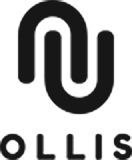

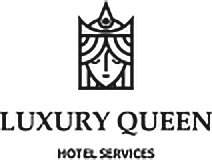

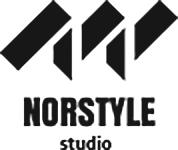

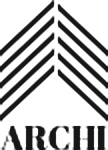



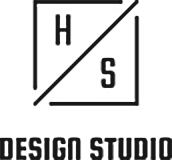

184
Inspection
356
Air Moisture
250
Wall & Ceiling Moisture
49
Technical Support
Our Team
Meat Our Technicians
Sed risus augue, commodo ornare felis non, eleifend molestie metus. Donec nec purus porttitor, ultrices diam id, laoreet mi. Aenean sit amet enim quis massa pharetra eleifend.
Testimonials
What our clients say
I had a client in escrow and we suspected there might be a mold problem. I called a few places and then.
Josh recently performed a mold inspection for a property that we were buying. He did an amazing job and gave a clean,.
Courteous and competitive, they give you clear results without pushing for follow on work. Unlike many inspectors, they are not involved in.
Popular Questions
About Our Company
FAQ- Toxic molds such as stachybotrys, and aspergillus niger, can cause indoor air quality problems leading to allergies and sickness. Many times these problems are a result of airborne mycotoxins and mold spores. Toxic mold has become a huge problem for homeowners and insurance companies. One of the best ways to find out if your home has toxic mold or black mold is to have it inspected. SD Mold Inspections was created to help provide toxic mold information, solutions, news, and help.
- The goal of biological sampling is to help determine whether the biological particles present in a particular environment are affecting or causing irritation in certain individuals. Sampling is also used to locate the sources of indoor microorganisms and facilitate an effective remediation. While we are typically surrounded by a wide variety of different microorganisms every day, sampling provides us with a method to establish in a scientific way whether the environment in question contains more organisms than would normally be present. There are numerous techniques that may be used to evaluate the level of indoor microorganisms. We believe, however, that scientific comparisons are only possible when measured volumes of air are sampled and when results of surveys are expressed in terms of volumetric measurements.
- Some inspectors claim to be able to “visually” inspect for mold without taking any samples for analysis. This isn’t valid because mold can frequently be thriving in places you can’t see: behind the dishwasher, in the attic, in the crawl space under the house, in the wall behind a leaky toilet etc. A professional inspector will always take samples in order to obtain an accurate picture of actual mold levels. The most important sample will be an air sample taken outdoors to establish a baseline or normal level of mold. This baseline sample will be compared to the samples taken indoors. If indoor levels and types of molds are less than outdoor levels, then the indoor levels are generally considered “safe.”
- Currently, there are no widely accepted protocols or regulations regarding biological air sampling. In the absence of standards, we believe that common sense should prevail. We know that some bacteria and fungal spores can cause disease only when they are alive (viable), while others are capable of producing allergies or irritation even when no longer living. Also, while cultures may permit greater accuracy in speciating some fungal organisms present, spores vary widely in their ability to grow and compete on laboratory media. This may result in an inaccurate characterization of the area sampled. Therefore, a complete sampling protocol for the biological flora in any environment uses both a culturable and non-culturable sampling method. There are times when this is not possible due to time and budget constraints. In these cases, we currently believe that a non-culturable spore trap sample provides a more accurate “snapshot” of the air and is usually the best choice when only one sampling method can be used.
- Stachybotrys chartarum is dangerous to humans because it can, given the proper environmental conditions, create multiple toxic chemicals called mycotoxins. These toxic byproducts exist in the spores of the mold, as well as in the tiny fragments that can become airborne. Luckily, these spores and fragments are often unable to become airborne because they are part of the slimy mold cluster. However, once the mold dries up, there is a much greater possibility that the spores or fragments can become airborne and come into contact with humans. Of particular concern is the threat that humans will inhale and ingest these toxic spores.
